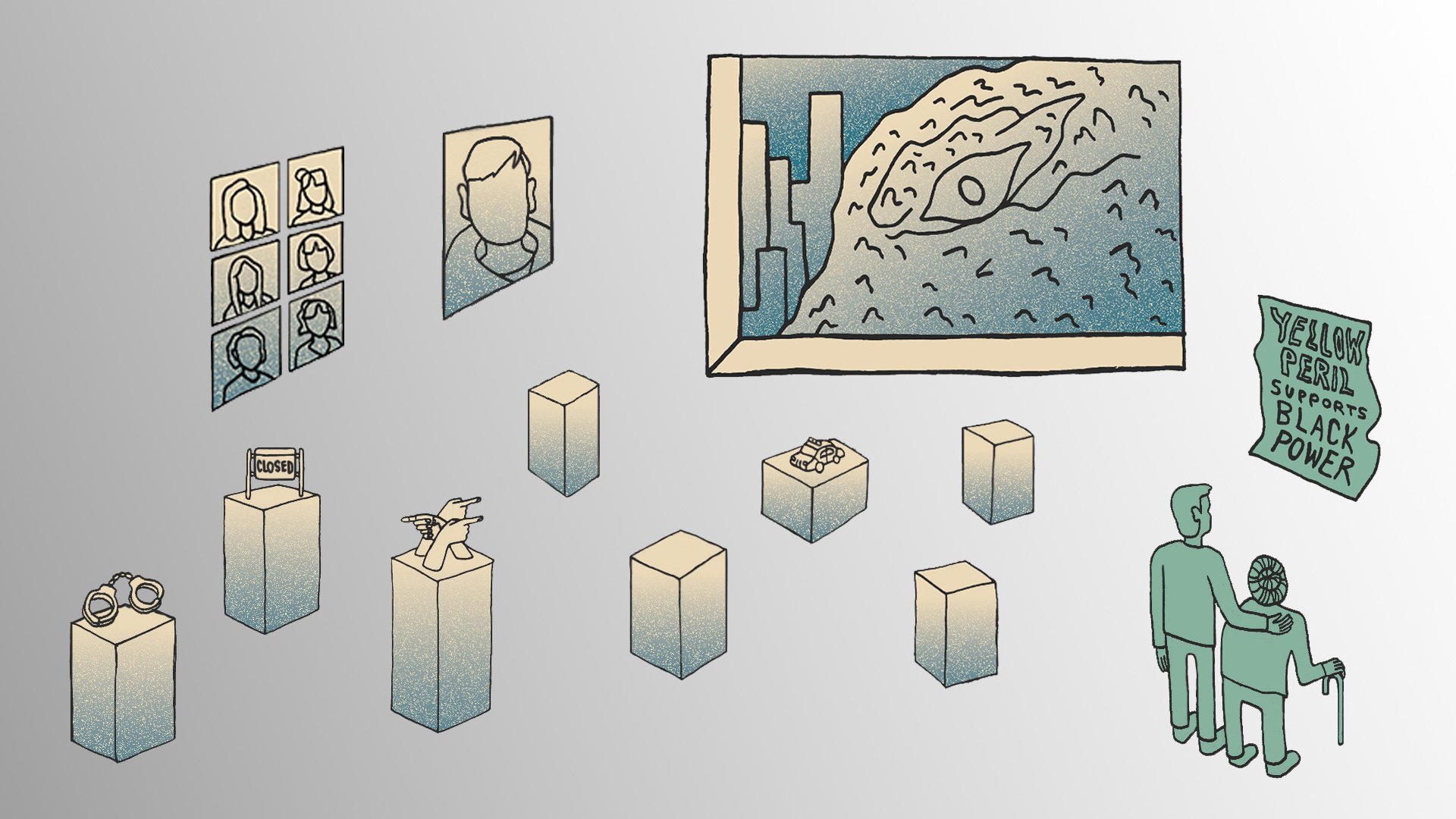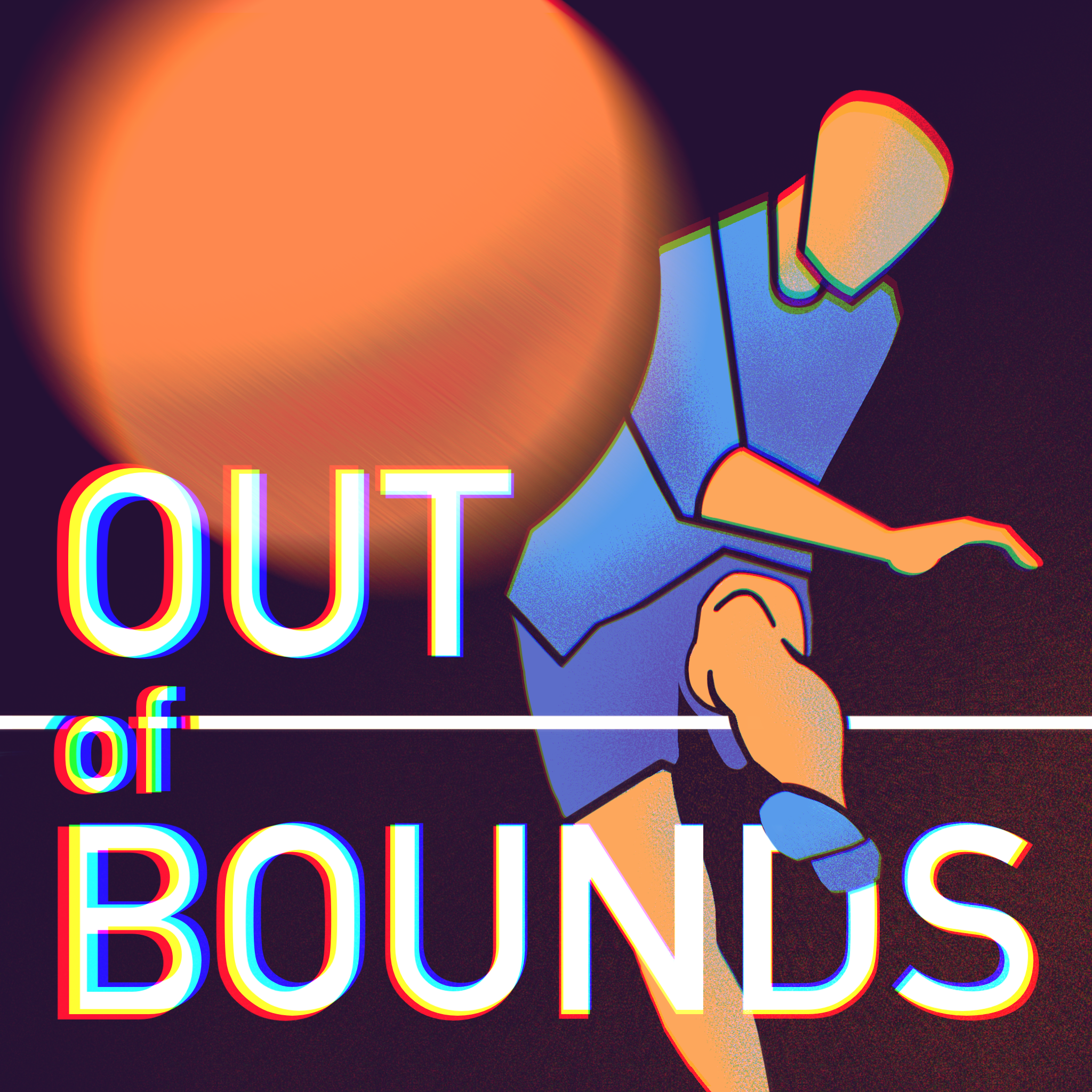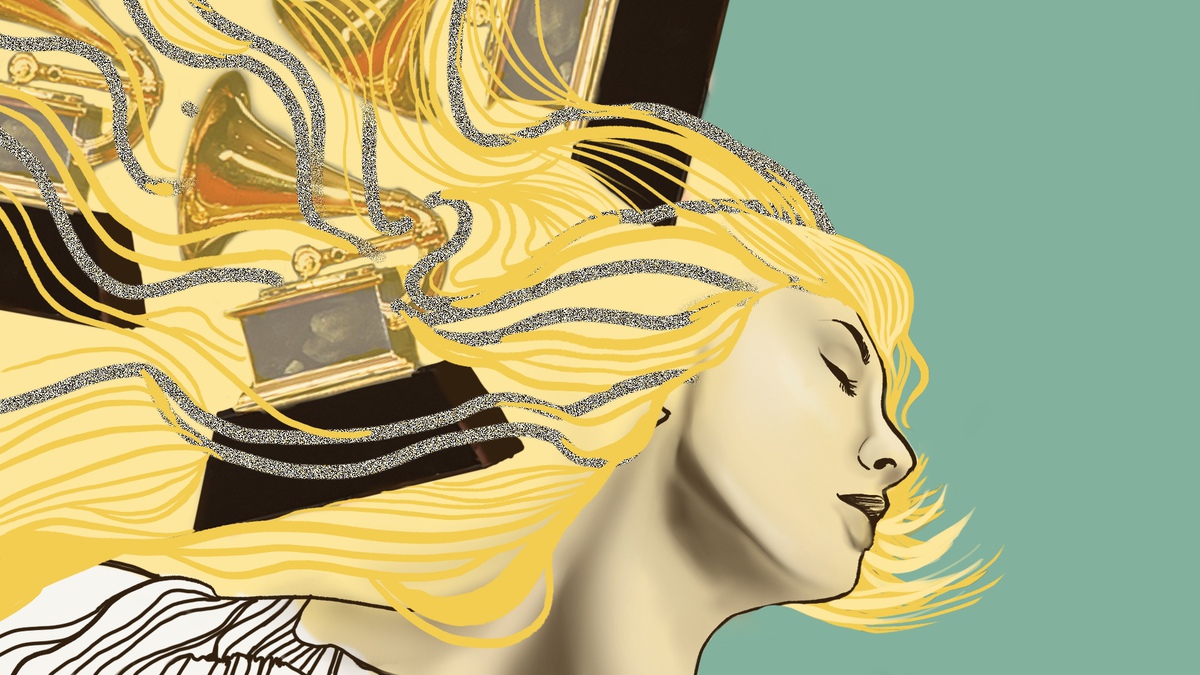
Every day on my way home, I walk past the United Methodist Church on Broadway. Since the George Floyd protests last summer, the church’s iron fences have bore the names and faces of Black and Brown Americans killed by police on the fences. At the top of every one of these mini-memorials reads “Say their names.” The other day, I noticed that more faces had been added. Faces that looked like my aunties’, faces that looked like how I would age.
These faces, of course, have by now been broadcasted across the world. On March 16, eight people, six of whom were Asian women, were killed by a shooter. Much has been published, and much coddling done, about the shooter. He attacked three Asian spas — one of which is literally called Young’s Asian Massage — in quick succession. According to Korean newspaper Chosun Ilbo, a surviving employee testified that the shooter had said that he’d “kill all Asians.”
Anti-Asian sentiment is nothing new. During this pandemic, however, it’s become deadly. Hate crimes against us are up 150 percent from 2019 and 40 percent of Asian-Americans say that people have been uncomfortable around them since COVID-19 started. What this translates into is a barrage of hate crimes. Attacks on Asian elders have been making headlines for months. Vicha Ratanapakdee, 84, was sent flying into a garage door by an assailant; he died from the ensuing head injury shortly after. Henry Cheng, 30, along with his grandparents, 73 and 80, were attacked at a subway station; his grandmother was pushed onto the tracks. The day after the Atlanta shootings, Xiao Zhen Xie, 75, was assaulted by a man who threw a punch at her face; she managed to fight back with a wooden plank but sustained injuries regardless. Footage in the immediate aftermath shows Xiao with paramedics, face swollen and choking back sobs while she explains in our language how the assailant hit her.
*
I grew up in Scarborough, Toronto, by Pacific Mall. Almost everyone I went to school with was Asian; when your race is the norm, you don’t learn about community. I never questioned why my parents, along with so many other immigrants from East Asia, had congregated into this one corner of Toronto. I never even realized until I left for college that I had grown up in probably the biggest Chinatown on this side of the globe. Our common cultures, ethnicities, and diasporic experiences had no bearing on how we related to one another beyond geography.
The culture shock of moving to America wasn’t just about moving from a suburb to a major city. On my very first day in New York, I stepped out of the dorm and was immediately approached by an NYPD officer who looked me up and down, nodded, and murmured, “Mmm, Asian girl.” Some months later, a classmate brought two hometown friends from New Jersey to visit our studio. “There are too many fucking Chinese people here,” one of them muttered. The three of them laughed.
I started working in Chinatown so that I would feel less alone. My language became a passcode that unlocked the neighborhood. “You can speak Cantonese?” they’d realize excitedly. Every elderly auntie I met in Chinatown looked out for me, did little favors for me. The necessity of community — of collectivism — became glaringly obvious in this hostile land.
*
On March 9, the Museum of Chinese in America (MoCA) moved to cancel an exhibition ironically entitled ‘Godzilla vs. The Art World: 1990-2001.’ The show was meant to look back on the groundbreaking work and politics of Godzilla: Asian American Arts Network, a collective and network founded in 1990 to, in their own words, “establish a forum that will foster information and networking among Asian and Pacific Islander visual artists and arts professionals.”
The reason the MoCA show was cancelled? Because 19 Godzilla members withdrew from the show. An open letter from the collective cited, among many reasons, the board’s co-chair Jonathan Chu, being a major property owner in Manhattan Chinatown, an area deeply affected by the pandemic. Todd Ayoung, a member of the steering committee of Godzilla and a professor at Pratt Institute, brought up the shuttering of Jing Fong, an iconic New York dim sum place and the only unionized restaurant in Chinatown: “Chu, the largest real estate owner in Chinatown and a board key member at MoCA, wants to close the restaurant, to possibly build a luxury hotel. This will devastate many lives dependent on the restaurant’s survival.”
Another major point of contention is the museum’s complicity with a new plan for a bigger, larger jail in Chinatown. ArtForum reports that the existing Manhattan Detention Center, a 15-story building, was to be replaced with a larger jail of double the size on the same lot. In their open letter, Godzilla asks how and why a museum that often preaches support for Black and brown lives can remain silent as the prison industrial complex expands further in Chinatown, opining that the city’s $35 million funding to the museum may explain the MoCA’s silence. The cite “war profiteer Warren Kanders” and “the opiate-dealing Sackler family” as other examples of recent controversies surrounding art donor complicity, whose affiliated museums have been roundedly criticized by the art world
*
Among some swaths of the Asian community, there was a deeply damaging reaction of anti-Blackness in response to the violence. This took two different forms: unfounded beliefs that the majority of anti-Asian crimes were being committed by Black people, and calls for more policing. A subreddit made to track instances of anti-Asian violence became an immediate breeding ground for more racism in the comments, forgetting that there’s deep bias in crime reporting, especially when it comes to violent crimes. On top of that, a study by the American Journal of Criminal Justice (albeit one using available data from 1992 – 2014) showed that a staggering 74.5 percent of hate crimes against Asians were committed by white offenders.
The second form of anti-Blackness, of calls for more policing and more arrests, is more innocuous but troubling in the long term. Asian-Americans have been calling for these hate crimes to be classified as, well, hate crimes, and lobbying for more policing. This has resulted in, first, developments of hotlines for reporting anti-Asian crimes and now, the deployment of plainclothes officers in a new initiative for the Asian Hate Crime Task Force. Police Commissioner Dermot Shea of the NYPD said of this new initiative that “the next person you target […] may be a plainclothes New York City police officer so think twice.”
This threat becomes all the more ominous when racial profiling is so prolific. I have no doubt that plainclothes NYPD officers wouldn’t have stopped the white man who attacked Xiao. In Atlanta, police arrested the shooter without incident, but accosted Mario Gonzales, a survivor of the shooting whose wife had been murdered, with guns drawn, after which they detained him for four hours. As journalist Sophia Li tweeted, “We all know that massive policing is anti-Black and leads to violence against Black [and Brown] bodies.”
*
I asked Ayoung about Godzilla — what it meant to him, why it had started, what it is now. “My impression in 1993 [when Ayoung joined] was that Godzilla was primarily about education, inclusion, and representation of Asian-American artists in the NYC artworld,” he says. He recounts how Godzilla, especially member curator Eugenie Tsai, demanded that the Whitney Museum include more Asian-American artists. “So that year, a Godzilla painter was accepted into the [Whitney] Biennial, along with a few other Asian artists.”
But in 2021, the goalpost is different. He says, “There are many Asian-American and Asian artists practicing now and visible in the global art market, so it is not about inclusivity and representation anymore, but ideology and collective politics. We need more Asian artists to interrogate how the art machine works hand-in-hand with capitalism, especially since the neoliberal art market is about artwashing, whitewashing, absorbing political contestations.”
Ayoung continued: “Asian artists engaged in the transformative context of events such as Occupy Wall Street, Black Lives Matter, anti-gentrification movements, abolition, dismantling the prison industrial complex, defunding the police, income inequality especially magnified in the pandemic, climate change, the living wage, free health care for all, affordable housing, and anti-Asian violence. [We] must initiate paths of intersectional solidarity with other cultural workers/activists/organizers.”
Ayoung also spoke on collectivism, that practice of caring for our community. “Recently, we reflected that Godzilla was a network in the 1990’s, not a collective,” he says, citing that “we were able, because of the ‘withdrawal’ letter, to take a political stand, an ethical embodiment of a collective action, instead of an act of individuation […] In the museum’s corporate posturing, Godzilla as a network meant we were dispersed actors, not necessarily acting together, because we were being curated. A collective means a coming together, in struggle, to enact ethical and political demands. Withdrawing from the MoCA’s Godzilla vs. the Art World is an act of solidarity.”
*
Asian-Americans have always been able to look out for each other. Ayoung noted that “in part, due to our solidarity in showing up, there has been discussion that the $35 million that MoCA is supposed to get for the jail plan will be given to Chinatown restaurants and workers struggling because of the pandemic instead.”
But we now need to reckon with our identity within the larger POC community. As Asian-Americans, we are at our best when we rise with other communities of color. I remember the pride I felt the first time I saw a famous photo of 60’s Berkeley protesters; one Asian boy with glasses and slicked-back hair — so resembling my own dad — holding a sign that read ‘Yellow Peril Supports Black Power.’ I remember my surprise and awe when I found archives of Gidra, an Asian-American newspaper out of UCLA that reported on not only Asian issues here and abroad, but rallied for Black and Brown folks.
Instead of advocating for mass policing, you can volunteer to walk elders if you’re in California or New York (Chicago has no such organization yet), report incidents of hate crimes, and keep your mental health in check. The model minority myth may have changed how Asians are perceived in relation to whiteness, but our forefathers of Asian-American activism have always known that we are people of color. COVID has shown as much. As Ayoung says, “Asian-American artists are an essential part of this collective narrative revolution towards environmental and social justice, and they must build this through comradeship, allyship, and solidarity with other struggles and change makers.”







